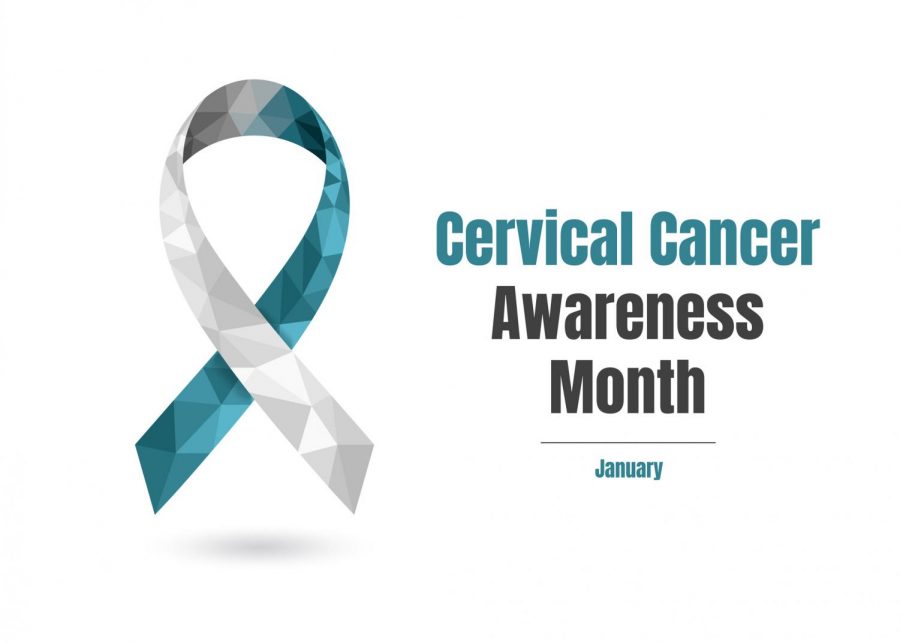Monthly Awareness: Cervical Health
January 20, 2023
January’s awareness is Cervical Health.
Cervical Cancer is cancer that starts in the cells of the cervix. It usually develops slowly over time. Before it appears in the cervix, the cells in the cervix go through certain changes known as “dysplasia,” in which the abnormal cells begin to appear in the cervical tissue.
About 13,000 new cases are diagnosed each year in the United States. Cervical cancer takes about 4,000 women’s lives annually.
Some ways women can prevent cervical cancer are to get vaccinated against Human Papillomavirus (HPV), limit exposure to HPV, have regular screening tests, and not smoke. If the scans from the screening tests come back abnormal, always go to a doctor.
There are more than 200 kinds of HPV. Most of them aren’t harmful and go away on their own. But at least a dozen types of HPV can last and sometimes lead to cancer. Two in particular (types 16 and 18) lead to the majority of cervical cancer cases. These are called high-risk HPV, according to Planned Parenthood.
Some warning signs for cervical cancer are low back or abdominal pain, unexplained fatigue, frequent or urgent urination and abdominal bloating. If females have any of these signs, they should talk to a doctor.
Cervical cancer is mostly diagnosed in women of the age 35-44.
















